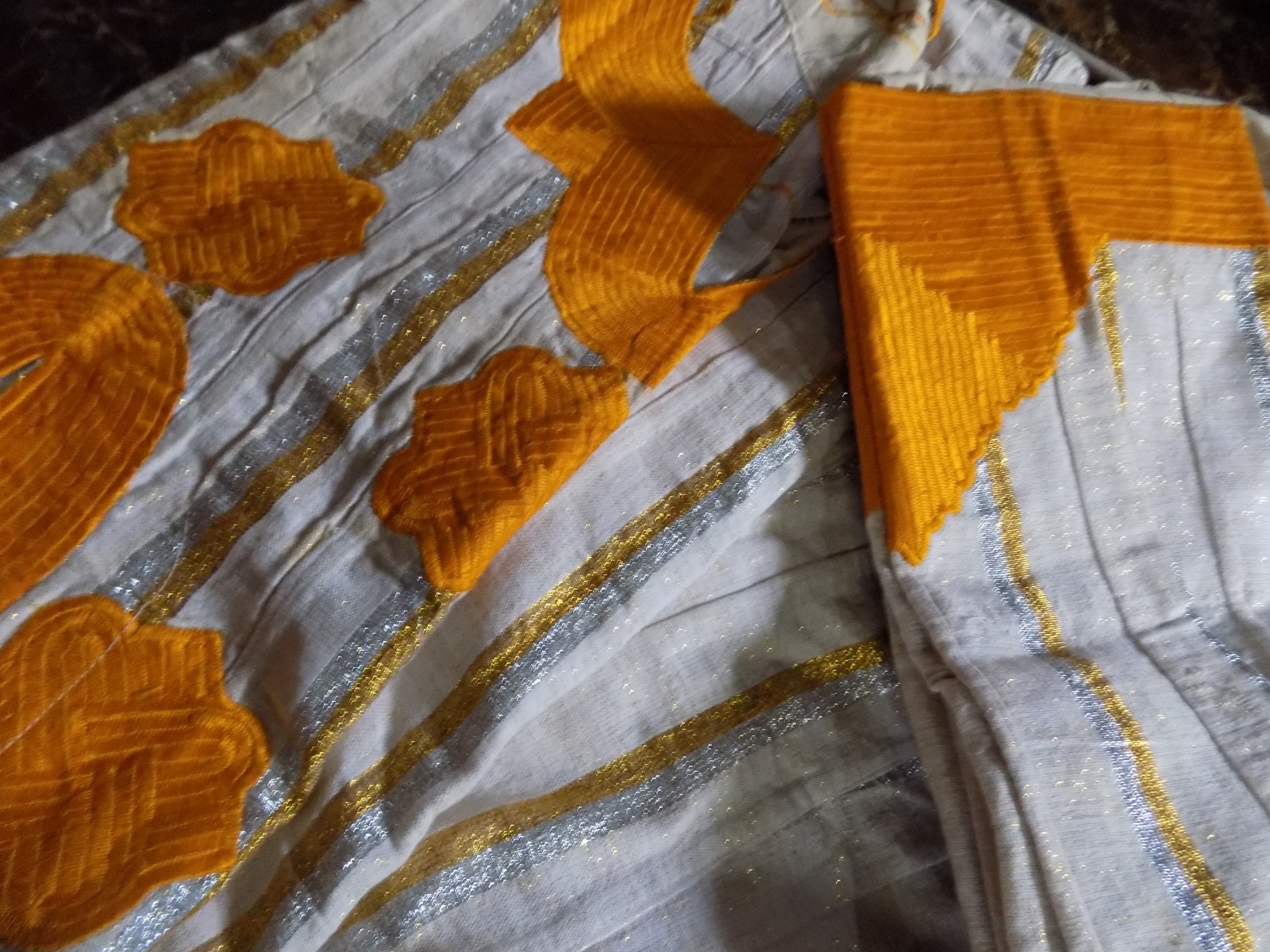
Image credit: Adetunji Faleye, Black Campus Magazine
Creating portraits is a fascinating and intricate art form that involves capturing the essence and personality of an individual through visual representation.
Portraits have been a significant part of art history, reflecting cultural, societal, and personal values over time. Whether you’re drawing, painting, or using digital tools, here are some steps and tips for creating compelling portraits:
Choose Your Medium
Decide whether you’ll work with traditional mediums like pencils, charcoal, watercolors, oils, or acrylics, or if you’ll use digital tools like graphic tablets and software.
Select a Reference
Choose a clear reference photo that captures the subject’s features, expression, and personality. Ensure good lighting and resolution for accurate details.
Study Facial Proportions
Understanding facial proportions is crucial for achieving likeness. Pay attention to the relationships between the eyes, nose, mouth, and other facial features. Guidelines can help you place these elements accurately.
Start with Basic Shapes
Begin with light sketches or basic shapes to lay out the general proportions of the face. This helps establish the framework before diving into finer details.
Focus on Eyes
Eyes are often referred to as the “windows to the soul.” Spend time capturing the expression, emotion, and character through the eyes. Pay attention to details like iris size, reflections, and eyelashes.
Capture Expression
The mouth, eyebrows, and overall pose contribute to the subject’s expression. Subtle changes in these areas can convey different emotions, so observe your reference closely.
Value and Shading
Achieve dimensionality through shading. Study the light source in your reference and replicate the varying tones and shadows to give your portrait depth and form.
Texture and Skin Tones
Portray the texture of skin by blending or cross-hatching. Experiment with layering colors and tones to capture the nuances of the subject’s skin, including undertones and highlights.
Hair and Accessories
Capture the texture, color, and movement of the subject’s hair. Consider how hairstyles and accessories contribute to their identity.
Details and Fine-Tuning
Zoom in on smaller features like wrinkles, freckles, and fine lines. These subtle details contribute to the authenticity and individuality of the portrait.
Step Back and Evaluate
Regularly step back from your work to assess the overall likeness and composition. This helps you identify areas that may need adjustment.
Practice and Patience
Creating lifelike portraits takes practice. Don’t be discouraged by initial challenges; every artist goes through a learning curve. With time and dedication, your skills will improve.
Experiment with Style
While realism is one approach, don’t be afraid to experiment with various styles, such as impressionism, cubism, or abstract. Your unique interpretation can add a fresh perspective to your portraits.
Critique and Feedback
Seek constructive criticism from peers, mentors, or online communities. Feedback can offer insights that help you refine your technique.
Tell a Story
Consider the narrative behind the portrait. What does it reveal about the subject’s personality, emotions, or experiences? Adding depth to your work can make it more engaging.
Remember that every portrait is an opportunity to capture a unique essence and convey a personal connection. As you refine your technique and explore different approaches, you’ll discover your own signature style in the world of portrait making.
What’s our thought about this story?
Kindly like and share.





















